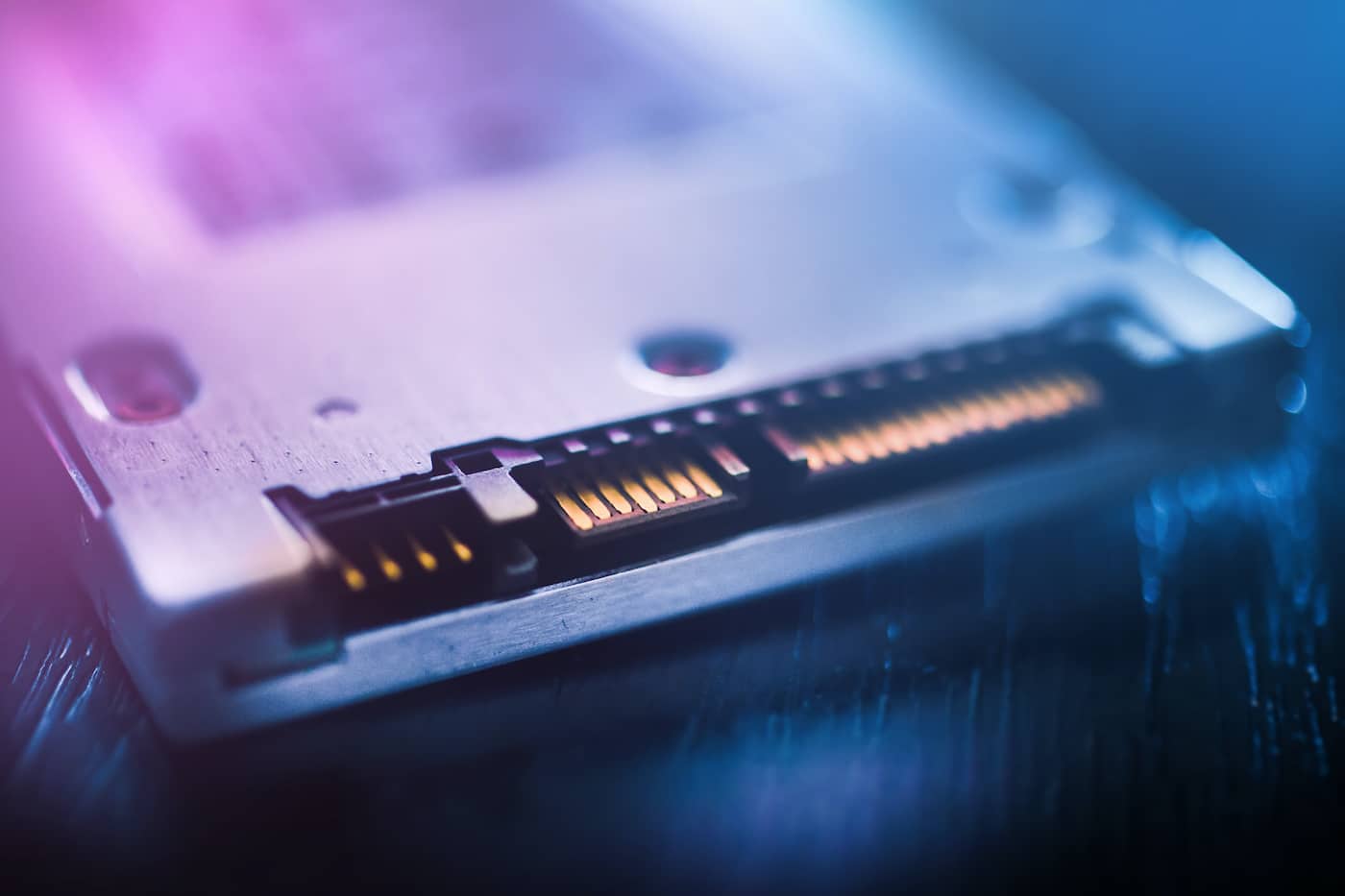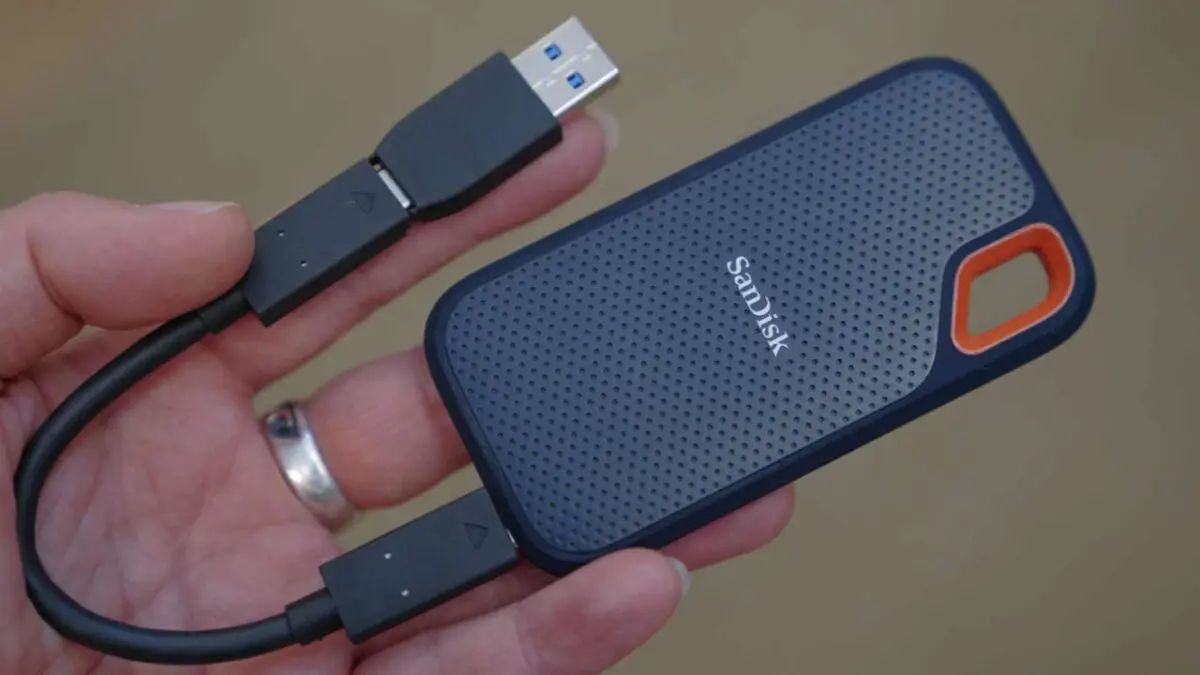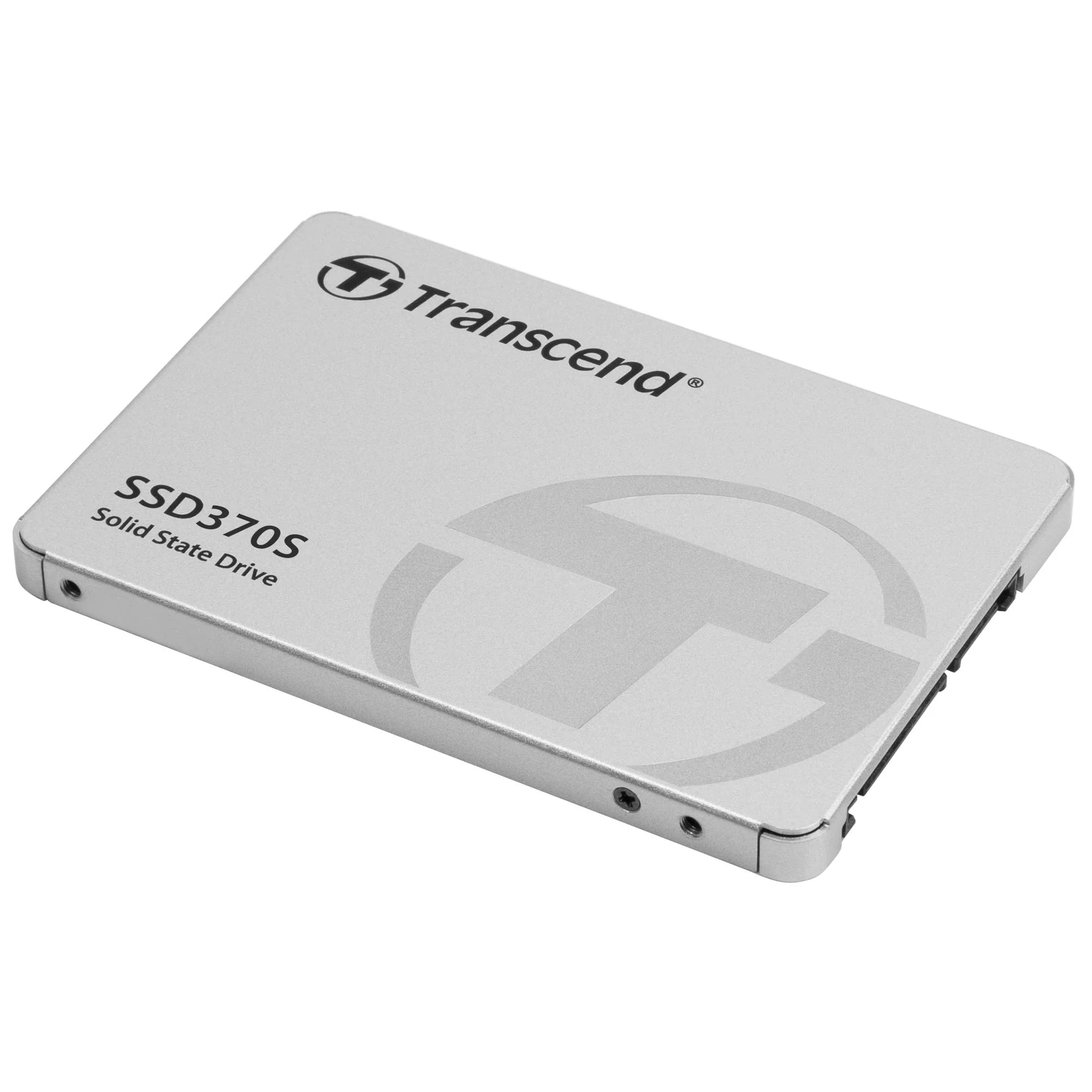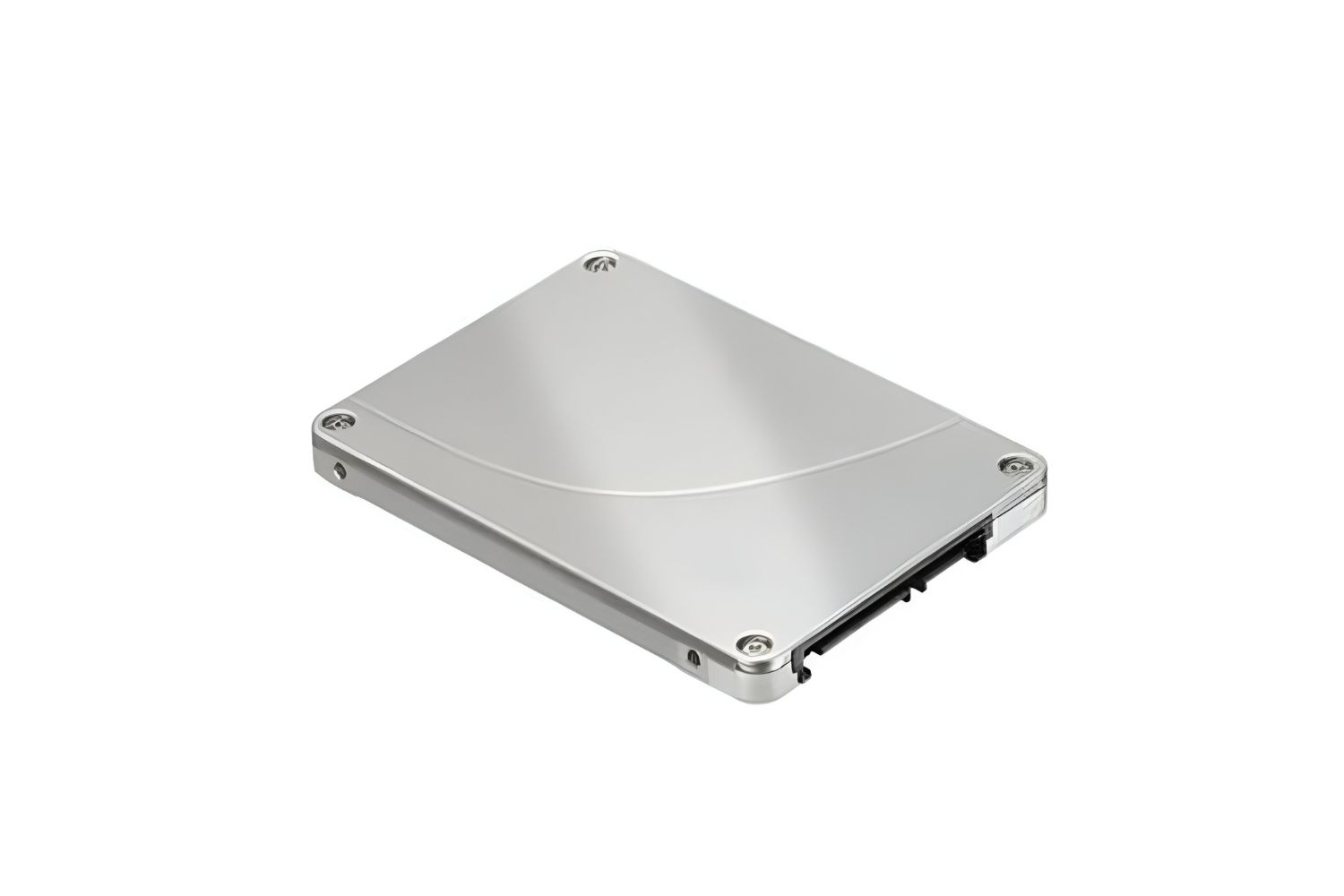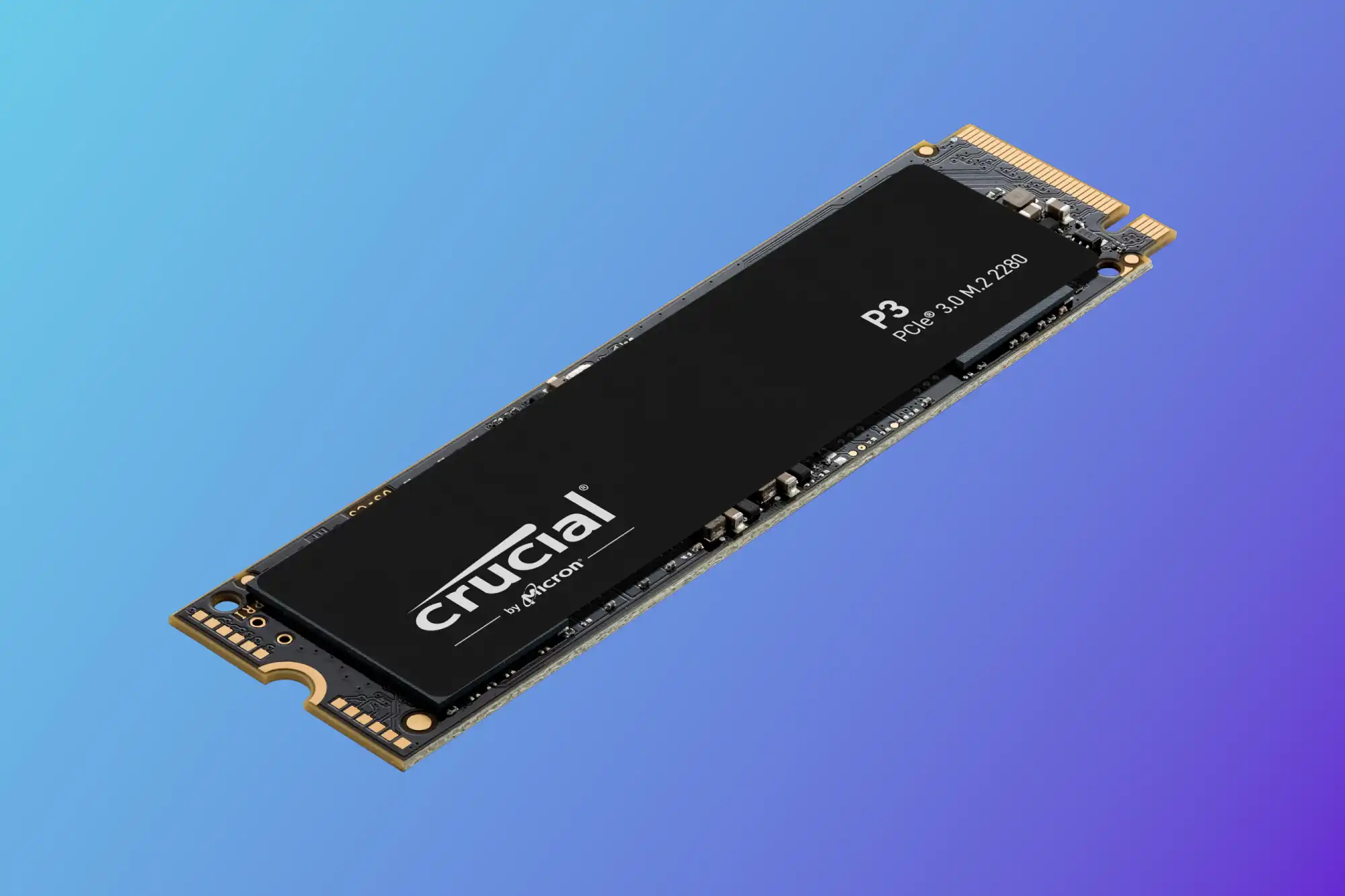Introduction
In today’s digital age, data storage is a crucial aspect of our lives. From personal files and documents to multimedia content, the need for reliable and efficient storage solutions is ever-growing. Solid State Drives (SSDs) have emerged as a popular choice due to their faster performance and durability compared to traditional hard disk drives (HDDs). However, one concern that often arises when considering SSDs is their lifespan. How long will the data on an SSD last?
To better understand the lifespan of an SSD, it is essential to explore various factors that impact its durability. Factors such as read and write cycles, NAND flash memory type, trim support, temperature, power loss, and sudden shutdowns can all play a significant role in the overall lifespan of an SSD. By understanding these factors and implementing best practices to extend SSD lifespan, you can make informed decisions about data storage and ensure the long-term integrity of your valuable data.
In this article, we will delve into the details of each of these factors and provide practical tips on how to extend the lifespan of an SSD. Whether you’re a casual user or a professional in need of reliable data storage, this knowledge will empower you to make informed choices and protect your data for years to come.
What is a Solid State Drive (SSD)?
A Solid State Drive (SSD) is a type of storage device that uses non-volatile memory to store data. Unlike traditional hard disk drives (HDDs), which rely on spinning platters and mechanical read/write heads, SSDs utilize NAND flash memory technology. This makes them faster, more efficient, and less prone to physical damage.
SSDs are designed to replace HDDs in various devices, including laptops, desktops, and even servers. They come in different form factors, such as the standard 2.5-inch drive size and smaller M.2 form factors, making them compatible with a wide range of systems.
One of the key advantages of SSDs is their speed. Due to the absence of moving parts, SSDs can access and transfer data much faster than HDDs. This results in significantly reduced boot times, faster application launches, and improved overall system responsiveness. In addition, SSDs offer faster data transfer rates, allowing for quicker file transfers and smoother multitasking.
Another significant advantage of SSDs is their durability. Unlike HDDs, which are susceptible to physical damage caused by drops or shocks, SSDs are more resilient. Without any moving parts, SSDs can withstand rough handling without risking data loss. This makes them ideal for portable devices like laptops, where the risk of accidental damage is higher.
SSDs also have a reputation for being quiet and energy-efficient. Since they do not require any mechanical movement, SSDs generate less noise and produce less heat compared to HDDs. Additionally, by consuming less power, SSDs can contribute to improved battery life in laptops and other battery-powered devices.
In summary, SSDs offer numerous advantages over traditional HDDs, including faster performance, increased durability, and energy efficiency. With their wide range of form factors and compatibility with various devices, SSDs have revolutionized data storage and become the preferred choice for many users seeking reliable and high-speed storage solutions.
Understanding SSD Lifespan
The lifespan of an SSD refers to the estimated duration during which an SSD can reliably store and retrieve data. While SSDs are known for their durability compared to traditional hard disk drives (HDDs), it is essential to understand that SSDs have a finite lifespan due to the way they function.
SSDs utilize NAND flash memory cells to store data. These memory cells are made up of floating-gate transistors that can be electrically programmed and erased. Over time, constant read and write operations on an SSD can cause wear and tear on these memory cells, eventually leading to their degradation.
To mitigate the impact of wear and prolong the lifespan of an SSD, manufacturers have implemented various technologies and techniques. One such technology is wear leveling, which distributes write operations evenly across all memory cells to prevent overusing any specific cells. This helps to balance the wear and extend the overall lifespan of the SSD.
Additionally, SSDs employ error-correcting codes (ECC) to detect and correct errors that may occur during data storage and retrieval. This ensures the integrity of the stored data and minimizes the impact of potential issues caused by wear on the memory cells.
It’s important to note that the lifespan of an SSD is measured in terms of the total number of program-erase cycles it can endure. Program-erase cycles refer to the process of writing data to the memory cells and then erasing that data when it is no longer needed. As technology has advanced, modern SSDs can handle significantly more program-erase cycles than earlier models, offering improved longevity.
The lifespan of an SSD can vary depending on various factors, including usage patterns, the specific NAND flash memory type used in the SSD, and the overall storage capacity of the device. These factors have a direct impact on the durability and lifespan of the SSD.
Understanding the lifespan of an SSD is crucial for effectively managing data storage. By being aware of the limitations of SSDs and implementing best practices, such as reducing unnecessary write operations and ensuring proper temperature and power conditions, users can maximize the lifespan of their SSDs and enjoy reliable data storage for an extended period.
Factors Affecting SSD Lifespan
Several factors can influence the overall lifespan of a Solid State Drive (SSD). By understanding these factors, users can take proactive steps to extend the life of their SSD and maximize its performance. Let’s explore some of the key factors that can impact the durability of an SSD.
1. Read and Write Cycles: The number of read and write operations performed on an SSD affects its lifespan. Each operation causes wear on the NAND flash memory cells, gradually reducing their ability to retain data. However, modern SSDs have a significantly high endurance level, and everyday usage is unlikely to exhaust their lifespan within typical usage scenarios.
2. NAND Flash Memory Type: Different types of NAND flash memory have varying endurance levels. Single-Level Cell (SLC) NAND provides the highest endurance, followed by Multi-Level Cell (MLC) and Triple-Level Cell (TLC) NAND. SLC NAND can withstand a higher number of program-erase cycles, making it more suitable for applications that require frequent and intensive write operations. MLC and TLC NAND offer higher storage capacity but have a lower endurance level.
3. Trim Support and Garbage Collection: The Trim command and garbage collection are features that help maintain the performance and lifespan of an SSD. Trim support ensures that the SSD has a clear understanding of which data blocks are no longer in use, allowing it to efficiently manage and reclaim unused space. Garbage collection helps to optimize the storage space by consolidating data and reducing wear on the memory cells.
4. Temperature and Environmental Factors: Extreme temperatures can impact the performance and lifespan of an SSD. High temperatures can accelerate the degradation process of the memory cells, while very low temperatures can cause the drive to perform poorly. It is advisable to operate the SSD within the manufacturer’s recommended temperature range to ensure optimal performance and longevity.
5. Power Loss and Sudden Shutdowns: Power loss or sudden shutdowns while the SSD is actively performing read or write operations can potentially result in data corruption and affect the overall health of the drive. It is recommended to use a reliable power source and consider using an uninterruptible power supply (UPS) to prevent sudden power loss.
By taking these factors into account and implementing best practices, such as reducing unnecessary write operations, maintaining adequate temperature conditions, and providing a stable power supply, users can enhance the lifespan of their SSDs and ensure long-term data integrity.
Read and Write Cycles
Read and write cycles refer to the process of reading and writing data on a Solid State Drive (SSD). These cycles can have a direct impact on the lifespan of the SSD. Let’s explore how read and write operations affect SSD durability and what users can do to manage them effectively.
Every time data is written to an SSD, it undergoes a program-erase cycle. During this cycle, the SSD’s controller writes data to the NAND flash memory cells. Over time and repeated cycles, the cells can wear out, resulting in potential data degradation or loss.
Fortunately, modern SSDs are designed to handle a significant number of program-erase cycles before experiencing any issues. The number of cycles an SSD can endure is typically measured by the manufacturer and referred to as the drive’s endurance rating.
The endurance rating is often presented as a Total Bytes Written (TBW) value in the SSD’s specifications. For example, if an SSD has a TBW rating of 500TB, it means that 500 terabytes of data can be written to the drive before it is estimated to reach the end of its lifespan.
It’s important to note that everyday usage, such as installing and running programs, browsing the internet, and editing documents, generally does not significantly impact an SSD’s lifespan. The average user is unlikely to reach the endurance limits of a modern SSD within the typical lifespan of a computer.
However, certain factors can contribute to increased write operations and potentially decrease the lifespan of an SSD. One factor is heavy file downloading and file transfers, which can generate a high volume of write operations. Additionally, applications that perform frequent and intensive write operations, such as video editing or database management software, can put more stress on the SSD.
To manage read and write cycles effectively and extend the lifespan of an SSD, it is recommended to follow these best practices:
- Minimize unnecessary write operations by regularly cleaning up and organizing your files.
- Consider redirecting temporary files and browser caches to a different storage location, such as a secondary hard drive.
- Enable Trim support if your operating system and SSD support it. Trim helps the SSD prioritize which data blocks are marked for deletion, improving write performance and longevity.
- Spread out disk-intensive tasks over time to prevent excessive wear on specific memory cells.
- Regularly update your SSD’s firmware to ensure optimal performance and reliability.
By following these guidelines, users can effectively manage read and write cycles on their SSDs and optimize their overall lifespan while enjoying fast and reliable data storage for years to come.
NAND Flash Memory Type
The NAND flash memory type used in a Solid State Drive (SSD) plays a significant role in determining the drive’s performance, capacity, and lifespan. NAND flash memory comes in different types, each offering varying levels of endurance and storage capacity. Let’s explore the common NAND flash memory types and their impact on SSDs.
1. Single-Level Cell (SLC): SLC NAND flash memory is known for its highest endurance and reliability among all NAND types. Each SLC memory cell stores a single bit of data, allowing for faster read and write speeds. SLC SSDs are commonly used in enterprise and industrial applications where long-term performance and durability are critical. Although SLC SSDs have a higher cost per gigabyte compared to other types, they offer exceptional endurance and are ideal for intensive workloads.
2. Multi-Level Cell (MLC): MLC NAND flash memory stores multiple bits per memory cell, typically two to four bits. This higher density increases storage capacity but slightly decreases performance and endurance compared to SLC. MLC SSDs are commonly used in consumer and professional applications, as they offer a good balance of price, performance, and endurance. They are suitable for a wide range of tasks, from everyday computing tasks to moderate data-intensive workloads.
3. Triple-Level Cell (TLC): TLC NAND flash memory stores three bits per memory cell, providing higher storage capacity but lower endurance than MLC NAND. TLC SSDs are commonly found in consumer SSDs, offering a cost-effective solution with higher storage capacities at the expense of slightly reduced performance and endurance. They are well-suited for general-purpose computing and light to moderate workloads.
4. Quad-Level Cell (QLC): QLC NAND flash memory stores four bits per memory cell, offering even higher storage capacities but lower endurance compared to TLC. QLC SSDs are relatively new and are primarily used in consumer SSDs where large storage capacities are desirable at an affordable price point. They are suitable for everyday computing needs and light workloads.
It’s important to note that as the NAND flash memory type shifts from SLC to QLC, the endurance and performance decrease, while the storage capacity increases. However, advancements in technology and firmware algorithms have significantly improved the endurance and reliability of all NAND types.
When considering an SSD, it’s important to match the NAND flash memory type with the intended usage and workload. For users requiring high endurance and performance, an SLC or MLC SSD is recommended. For general-purpose computing and moderate workloads, MLC or TLC SSDs provide a good balance between performance, endurance, and affordability. QLC SSDs are suitable for those prioritizing storage capacity over endurance and require a cost-effective solution.
By understanding the different NAND flash memory types and their characteristics, users can make informed decisions when choosing an SSD that aligns with their specific needs and expectations regarding performance, endurance, and storage capacity.
Trim Support and Garbage Collection
Trim support and garbage collection are critical features in Solid State Drives (SSDs) that help optimize performance and maintain their lifespan. These features work together to manage the storage space on an SSD effectively. Let’s explore how trim support and garbage collection contribute to the overall health and longevity of an SSD.
Trim Support:
Trim is a command that allows the operating system to inform the SSD which data blocks are no longer in use. By identifying and marking these blocks as available for garbage collection, the SSD can efficiently manage and allocate storage space. Without trim support, an SSD may waste time and resources trying to perform unnecessary read and write operations on data that is no longer needed.
Trim support helps to prevent a phenomenon known as write amplification. Write amplification refers to the increase in the number of write operations required by the SSD to program a new data block. By informing the SSD about the deleted data blocks, trim reduces the need for the controller to move data around during write operations, improving the overall speed and endurance of the SSD.
Not all SSDs or operating systems automatically enable trim support. It is important to check if your SSD and operating system support trim and ensure that it is properly enabled. This can usually be done through the operating system settings or by using manufacturer-provided software.
Garbage Collection:
Garbage collection is a background process performed by the SSD controller that helps maintain the overall efficiency and performance of an SSD. When data is deleted or overwritten, the old data is not immediately erased from the memory cells. Instead, it is marked for deletion and added to the list of blocks available for garbage collection.
During garbage collection, the SSD controller consolidates and organizes the data, moving valid data to new blocks and freeing up the old blocks marked for deletion. This process helps to ensure that new data can be efficiently written to the SSD without unnecessary delays caused by fragmented memory cells.
Garbage collection can be triggered by various factors, such as idle time, low SSD utilization, or when the operating system sends a trim command. The frequency and efficiency of garbage collection can vary depending on SSD models and firmware versions.
To optimize garbage collection and maintain consistent SSD performance, it is recommended to:
- Enable trim support to improve the SSD’s ability to reclaim unused space efficiently.
- Keep the SSD’s capacity below its maximum to allow for better garbage collection management.
- Avoid filling the SSD to its full capacity, as it can negatively impact the drive’s performance and longevity.
- Regularly update the SSD’s firmware provided by the manufacturer to benefit from any improvements or optimizations.
By understanding and utilizing trim support and garbage collection effectively, users can ensure that their SSDs perform optimally and maintain a long lifespan while providing reliable and efficient storage for their data.
Temperature and Environmental Factors
Temperature and environmental conditions can have a significant impact on the performance and lifespan of a Solid State Drive (SSD). It’s important to understand how temperature and other environmental factors can affect SSDs and take appropriate measures to ensure optimal operation and longevity.
Temperature:
Extreme temperatures, both high and low, can adversely affect the performance and lifespan of an SSD. Higher temperatures can accelerate the degradation of the NAND flash memory cells, leading to a reduction in overall SSD lifespan. Conversely, extremely low temperatures can affect the efficiency and responsiveness of the drive.
It is crucial to operate the SSD within the manufacturer’s recommended temperature range. Excessive heat can cause thermal throttling, causing the SSD to slow down to prevent overheating. Over time, prolonged exposure to high temperatures can degrade the performance and reliability of the SSD. Similarly, extremely low temperatures can slow down data access and increase the chances of data corruption.
To maintain optimal operating conditions, it is advisable to keep the SSD in a well-ventilated area and away from direct sunlight or other heat sources. If necessary, consider using cooling solutions such as fans or heat sinks to dissipate heat effectively.
Humidity and Moisture:
Excessive humidity and moisture can be detrimental to SSDs and other electronic components. Moisture can cause corrosion, short circuits, and other forms of damage to the SSD’s internal circuitry. It’s important to keep the SSD in a dry environment and protect it from exposure to water or liquids.
To safeguard the SSD, avoid placing it in areas with high humidity levels, such as bathrooms or near leaky windows. Additionally, consider using proper storage solutions, such as sealed containers or anti-static bags, when storing or transporting the SSD to protect it from moisture damage.
Vibration and Shock:
SSDs are generally more resistant to physical shock and vibration compared to traditional hard disk drives (HDDs) due to their lack of moving parts. However, excessive vibration or sudden shocks can still have a negative impact on the SSD’s performance and durability.
To minimize the risk of damage, ensure that the SSD is securely mounted in the computer or device, using appropriate mounting brackets or screws. If possible, avoid subjecting the SSD to excessive physical shock or vibration by handling it carefully and securing it in a stable position.
By considering temperature, humidity, and physical factors, users can optimize the operating conditions for their SSDs and prolong their lifespan. Taking these precautions will help maintain the SSD’s performance, reliability, and data integrity, ensuring that it continues to be a dependable storage solution for their needs.
Power Loss and Sudden Shutdowns
Power loss and sudden shutdowns can pose a significant risk to the performance and integrity of a Solid State Drive (SSD). Unlike traditional hard disk drives (HDDs) that have spinning platters to maintain data integrity during power loss, SSDs require a stable power supply to ensure proper functioning. Let’s explore the potential issues caused by power loss and sudden shutdowns and how to mitigate their impact on SSDs.
Data Corruption:
When an SSD experiences a sudden power loss or shutdown, there is a risk of data corruption. If the SSD is in the middle of a read or write operation, the sudden interruption can result in incomplete or inconsistent data being written to the drive. This can lead to data loss or file system corruption, making the stored data inaccessible or potentially damaged.
SSD Health and Longevity:
Power loss and sudden shutdowns can also impact the health and longevity of an SSD. The unexpected interruption in the supply of power can cause internal circuitry to be left in an unstable state, potentially leading to electronic failures or other issues. Over time, repeated power disruptions can gradually degrade the SSD’s performance and reliability.
To mitigate the risks associated with power loss and sudden shutdowns, consider the following preventive measures:
- Use a reliable and high-quality power supply to ensure a stable power source for the SSD.
- Consider using an uninterruptible power supply (UPS) to provide a backup power source in case of unexpected outages. A UPS can help prevent sudden power loss and allow for a controlled shutdown of the system.
- Enable the write caching feature on the SSD if your operating system and SSD support it. Write caching can help improve performance but carries a risk of data loss in case of sudden power loss. With an enabled write cache, it is crucial to have backup power protection implemented.
It is worth noting that modern SSDs often incorporate power-loss protection features, such as capacitors or other backup power sources, to safeguard against data corruption during sudden power loss. These features allow the SSD to complete pending write operations and properly flush the cache to persistent storage.
To ensure that the SSD’s built-in power-loss protection features are functioning correctly, regularly update the SSD’s firmware provided by the manufacturer. Firmware updates often include improvements and optimizations to the SSD’s power management and loss protection mechanisms.
By being mindful of power loss and sudden shutdowns and implementing preventive measures, users can minimize the risk of data corruption and maximize the lifespan and reliability of their SSDs. A stable power supply and proper power management are essential for ensuring the continued performance and integrity of the stored data.
How to Extend the Lifespan of SSD
To maximize the lifespan of a Solid State Drive (SSD) and ensure long-term performance and data integrity, it’s important to follow certain practices and guidelines. By implementing these measures, users can prolong the life of their SSDs and optimize their overall storage experience. Here are some key tips to extend the lifespan of an SSD:
1. Minimize Unnecessary Write Operations: Excessive write operations can contribute to wear and tear on the NAND flash memory cells. To reduce unnecessary write operations, avoid unnecessary file transfers, temporary file generation, and continuous disk-intensive tasks. Regularly clean up and organize your data to minimize unnecessary write activity on the SSD, thus extending its lifespan.
2. Enable Trim Support: Trim support allows the SSD’s controller to efficiently manage and reclaim space that is no longer in use. With trim support enabled, the SSD can optimize performance and ensure that deleted data blocks are promptly identified and freed up for reuse. Ensure that your operating system supports trim and verify that trim is enabled for your SSD.
3. Keep Adequate Free Space: Maintain sufficient free space on the SSD. Avoid filling the SSD to capacity as this can impact its performance and lifespan. Aim to keep at least 10-20% of the SSD’s total capacity free to allow for efficient garbage collection and wear leveling algorithms.
4. Manage Operating System and Firmware: Regularly update your operating system and SSD firmware. Operating system updates often include improvements for better SSD compatibility and performance. Firmware updates from the SSD manufacturer may address potential issues and provide optimizations for enhanced performance and reliability.
5. Avoid Extreme Temperatures: Operate the SSD within the recommended temperature range specified by the manufacturer. High temperatures can accelerate NAND flash degradation, while extremely low temperatures can impact performance. Ensure proper ventilation and cooling for the SSD, and avoid exposing it to excessive heat or extreme cold.
6. Prevent Power Loss and Sudden Shutdowns: Use a reliable power supply and consider utilizing an uninterruptible power supply (UPS) to ensure a stable power source. Sudden power loss or shutdowns can lead to data corruption and affect SSD longevity. Implementing power loss protection mechanisms, such as capacitors on the SSD or using UPS, can help prevent data loss or corruption during unexpected power disruptions.
By following these best practices, users can effectively extend the lifespan of their SSDs. These measures not only enhance the durability and reliability of the SSD but also contribute to improved performance and long-term data integrity. Implementing good SSD maintenance practices will ensure that the drive continues to provide fast and reliable storage for years to come.
Conclusion
Solid State Drives (SSDs) have become a popular choice for data storage due to their faster performance, reliability, and durability compared to traditional hard disk drives (HDDs). Understanding how to maximize the lifespan of an SSD is essential to ensure optimal performance and long-term data integrity.
In this article, we have explored various factors that can affect the lifespan of an SSD, including read and write cycles, NAND flash memory type, trim support, temperature, power loss, and sudden shutdowns. By taking into account these factors and implementing best practices, users can extend the lifespan of their SSDs and enjoy reliable and efficient data storage.
Managing read and write cycles, optimizing trim support, and utilizing garbage collection are key practices to minimize wear on the SSD’s memory cells. Additionally, understanding the different NAND flash memory types, such as SLC, MLC, TLC, and QLC, allows users to make informed decisions when choosing an SSD that aligns with their specific needs and usage requirements.
Taking measures to maintain appropriate temperature levels, managing power loss and sudden shutdowns, and keeping the SSD’s firmware and operating system up to date are all crucial steps in ensuring the longevity of the SSD. By following these guidelines, users can mitigate the risks associated with temperature fluctuations, power disruptions, and outdated software, ultimately maximizing the lifespan of their SSDs.
Extending the lifespan of an SSD not only ensures long-term data integrity but also contributes to improved performance and overall storage experience. By implementing these tips and best practices, users can make the most of their SSD investments and enjoy reliable, fast, and durable storage for their critical files and data.
Remember, SSDs offer a dependable and efficient solution for data storage, and with proper care and maintenance, they can provide years of reliable service and satisfactory performance. By understanding the factors that impact SSD lifespan and implementing measures to extend it, users can confidently rely on their SSDs for their data storage needs well into the future.







